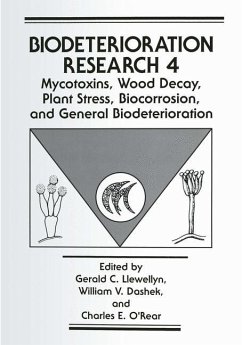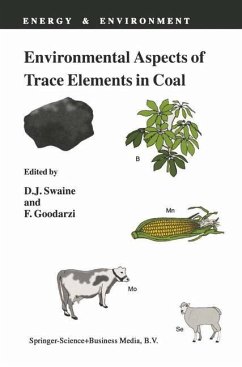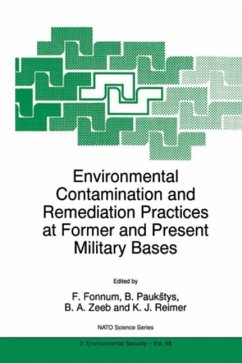
Surface and Colloid Chemistry in Natural Waters and Water Treatment

PAYBACK Punkte
39 °P sammeln!
The discipline of surface and colloid chemistIy has experienced a considerable resurgence since the early sixties. This perhaps reflects a growing realisation of the wide applicability of modern colloid and surface theory to many important industrial, medical and environmental problems. This increased activity has resulted in a very complex and at times even confusing area of science being consolidated within a firm theoretical framework. The clearer insights gained into the underlying principles have no doubt acted in an autocatalytic manner to stimulate further interest in an expanding range...
The discipline of surface and colloid chemistIy has experienced a considerable resurgence since the early sixties. This perhaps reflects a growing realisation of the wide applicability of modern colloid and surface theory to many important industrial, medical and environmental problems. This increased activity has resulted in a very complex and at times even confusing area of science being consolidated within a firm theoretical framework. The clearer insights gained into the underlying principles have no doubt acted in an autocatalytic manner to stimulate further interest in an expanding range of applications. A good example in the area of environmental chemistry has been the realization of the important role played by colloidal material and surface interactions in natural biogeochemical processes that has been the subject of increasing attention over the last few decades. This is well illustrated by the numerous studies carried out to elucidate the speciation, toxicity, transport and fate of pollutants in aquatic systems. In the vast majority cases these have clearly implicated some involvement of an aSSOciation between the of pollutant (e. g. trace metal, toxic organic compound or nutrient) and a colloidal component (e. g. particle, humic substance, foam). In order to understand these interactions fully and their effect on pollutant mobility it is important to develop a full appreciation of the surface chemistry of these complex systems. Australian SCientists have long been prominent in the area of colloid and surface chemistry particularly dUring the latter half of this century.














